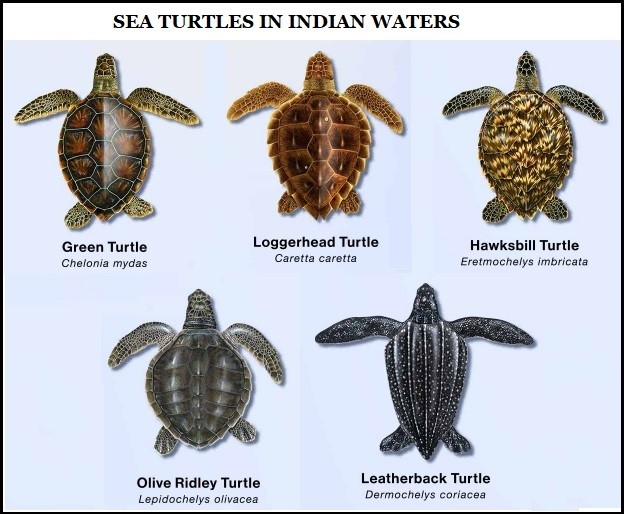Indian vulture
First in many years, a vulture was spotted in the skyline of Thane which has not been spotted over two decades in the city.
About Indian vulture:
- The Indian vulture (Gyps indicus) is an Old-World vulture native to Asia.
- They are also known as Indian long-billed vultures due to their comparatively longer beak.
- It is a medium-sized and bulky scavenger feeding mostly on the carcasses of dead animals.
- Females of this species are smaller than males.
- Distribution: These are native to India, Pakistan, and Nepal.
- Habitat: They are usually found in savannas and other open habitats around villages, cities, and near cultivated areas.
- Threats: The Indian vulture has suffered a 97-99% population decrease due to poisoning caused by the veterinary drug This drug is toxic for vultures; it was given to working animals as it reduced joint pain and so kept them working for longer.
- Conservation status
- IUCN Red List: Critically Endangered
